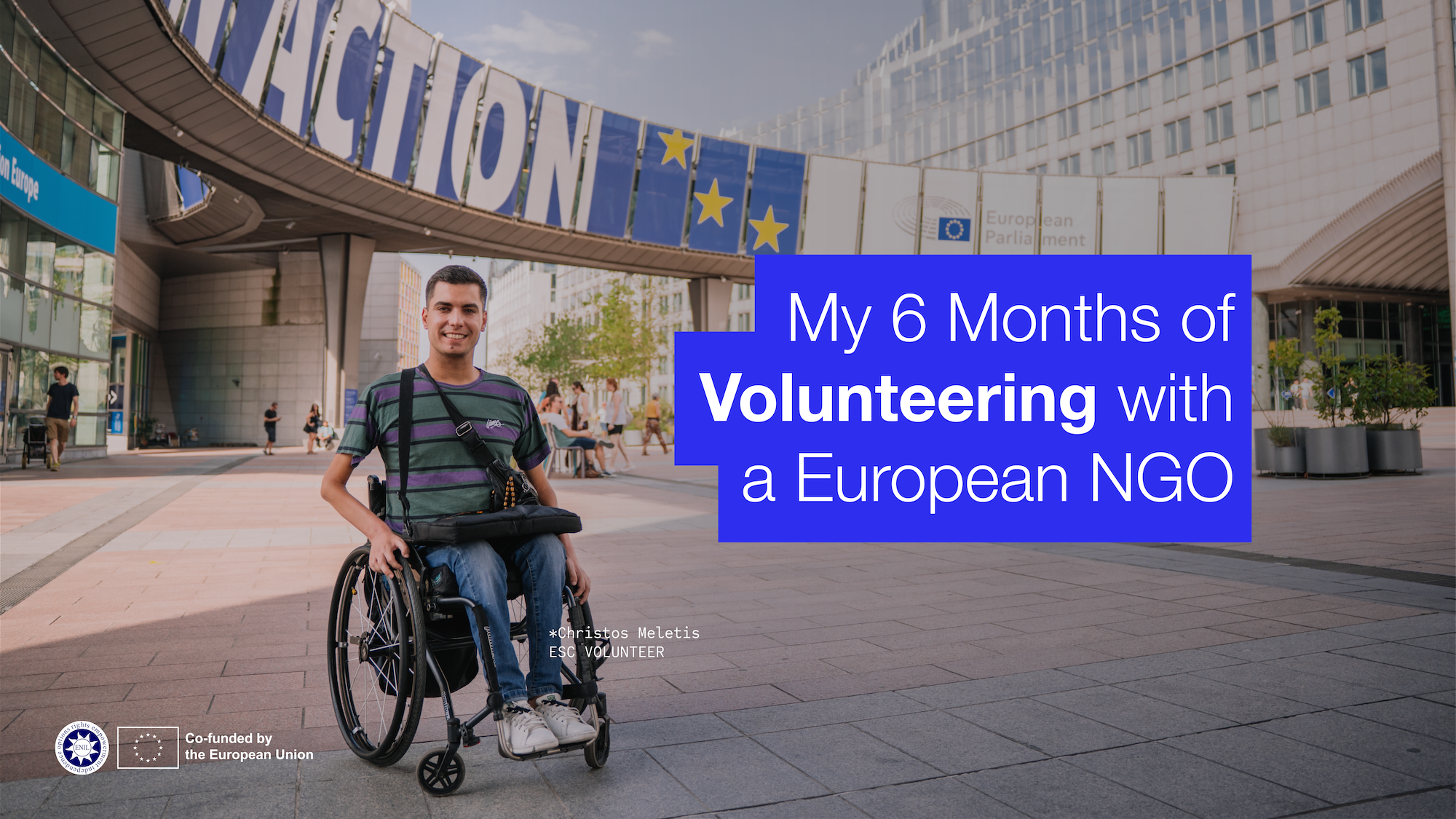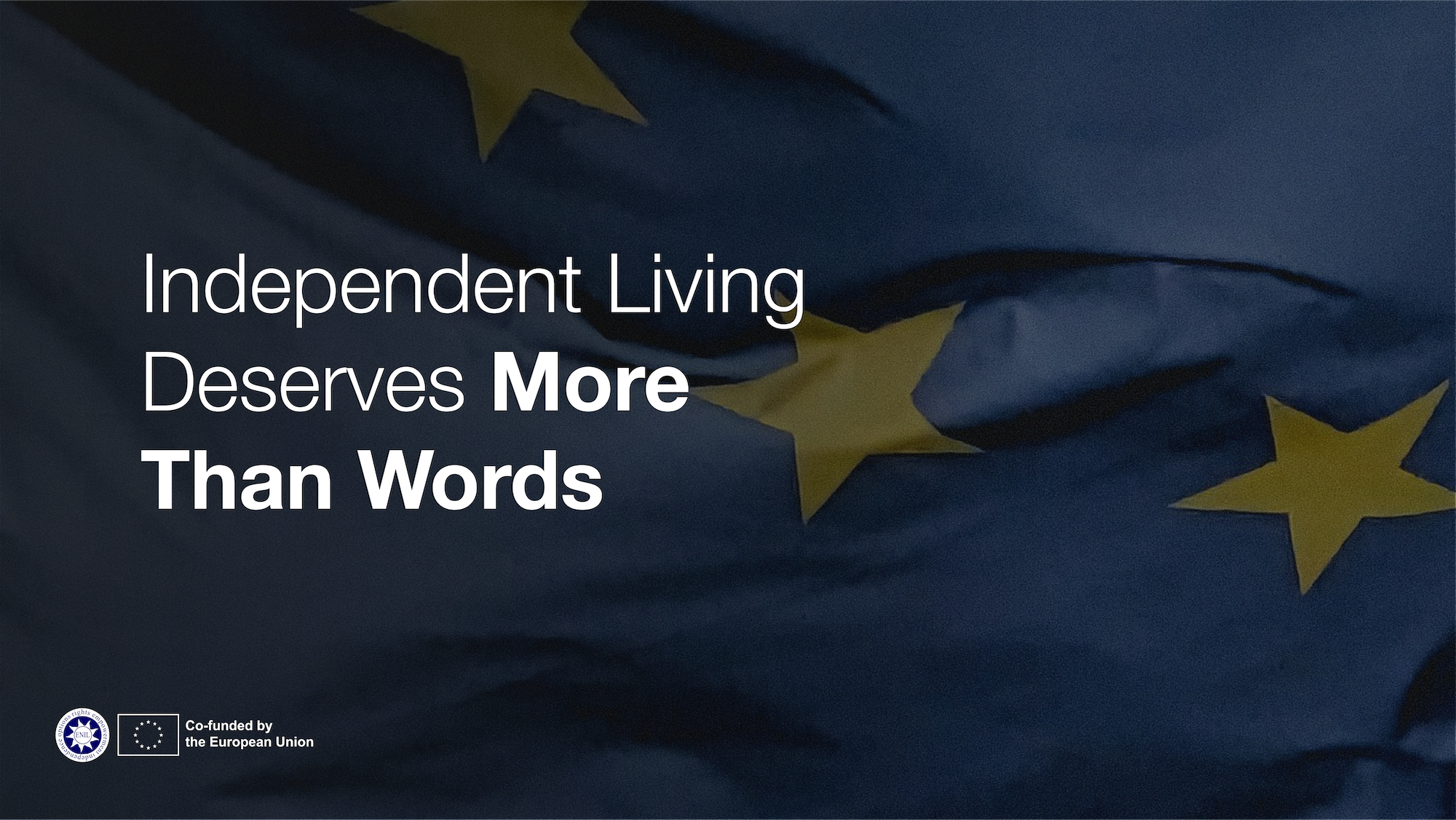The struggle for personal assistance has been long and very hard in Slovenia. Our association was a pioneer and for many years we were lonely riders who have been fighting for personal assistance according to the ENIL principles. Our vision of personal assistance as a basic human right, not just as new social right, was often far from the understanding of other disability organisations. For 22 years, personal assistance existed only as a pilot project available for a few of the neediest users. On 17 February 2017, the National Assembly of Slovenia finally adopted the Personal Assistance Act, making this day one of the most important days in the lives of the disabled community in Slovenia. The act came into force on 1 January 2019.
The act defines the following principles of planning and performance of personal assistance: respect of and independence of the user; freedom of choice in the process of enforcement of the right to personal assistance and its provision; individualised support; equal opportunity and accessibility of personal assistance.
The beneficiaries of personal assistance are: people who need help with performing activities to live an independent life individually or within their family; people who need help within the education process, employment and social life; are between 18 and 65 years old (unless the user has had personal assistance before turning 65, in which case the right to personal assistance is preserved); do not live in an institution (such as a retirement home or care and work centre); and need at least 30 hours of personal assistance per week.
The process of enforcing the right to personal assistance is straight forward: a user fills out a form with personal information and acknowledgement that he or she forfeits half of his or her care allowance in exchange for personal assistance. The user sends the form to his or her Social Work Centre, which in turn sends a committee of experts, consisting of three persons (social worker or psychologist, a medical expert and a disabled person). The committee members assess user’s needs with a special questionnaire and draw up an expert opinion that is used to determine the number of hours per week of personal assistance that the user needs. Based on that, a personal assistance service provider draws up an executive plan that consists of the list of services that the user needs, the number of hours of personal assistance, along with the number of personal assistants the user will need. Users are expected to find their own personal assistants, although personal assistance providers can help them with the process if necessary.
The Personal Assistance Act takes a huge load off of the shoulders of disabled people who have up to this point had to make concessions and show extraordinary resourcefulness to live within the community. While conditions for people with disabilities are still far from perfect, the Personal Assistance Act presents a huge improvement that will make community living possible for many people with disabilities who were previously left with no other choice but to live in an institution.
YHD Gregor Fajdiga


